5 Museum Objects You Probably Didn’t Know We Had
February 19, 2021
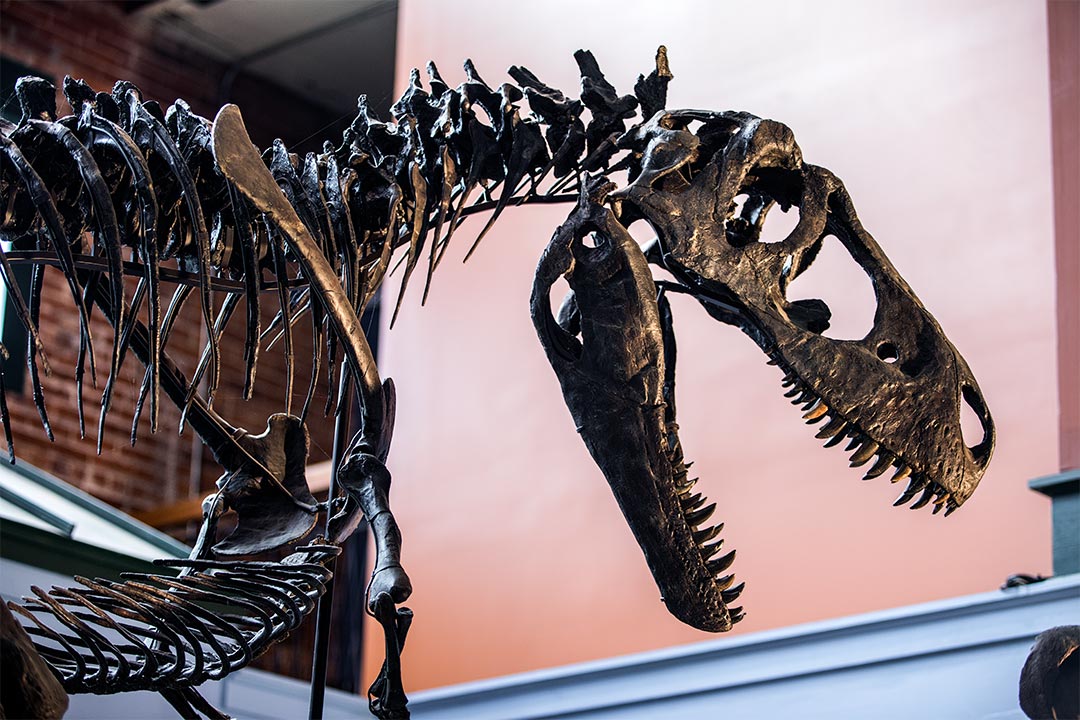
You might’ve heard about our 3,000-year-old Egyptian mummies, 3-inch tall shrunken (human) head, or our iconic Tyrannosaurus Rex, "Ivan." But did you know about these lesser-known Museum objects — all of which are currently on display in Wichita, Kansas at the Museum of World Treasures?
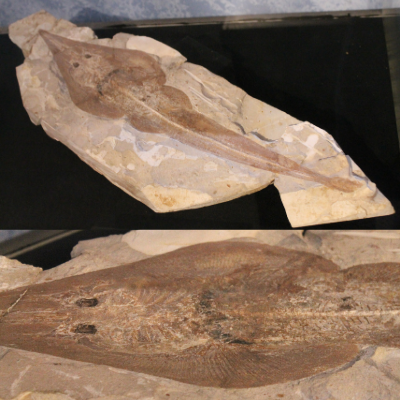
1. A fossilized guitarfish from 97 million years ago. This species of guitarfish, the Rhinobatos hakelensis, is a relative of rays as well as skates. They inhabit tropical and warm temperate waters all around the world, and generally prefer shallows where they swim slowly and feed on small fish, crustaceans, and mollusks. The genus Rhinobatos is still alive today, though the Rhinobatos hakelensis on exhibit is extinct. This specimen was found in Lebanon in the Middle East, but the genus Rhinobatos was also found in the Western Interior Sea.
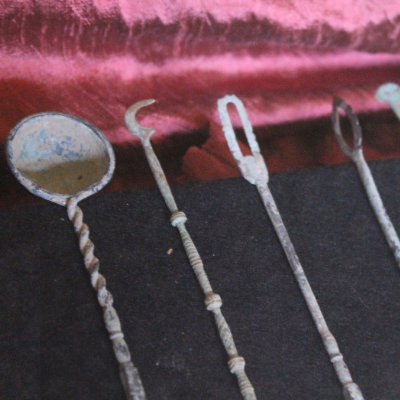
2. Bronze Surgical Tools from Rome (circa 100 AD). Even in ancient Roman times, people depended on surgery for setting broken bones, as well as specialized operations like trepanation (operation on the brain) and cataract surgery (involving the eyes). As Rome’s borders and military endeavors grew, surgery became a necessity and the medical field continued to develop as people learned more about human anatomy. The surgical tools Romans used were made from bronze, steel, copper, and iron. A popular form of surgery was cosmetic surgery, especially for people who had been slaves at one time. With a simple procedure, they could remove the branded mark and obtain Roman Citizenship.
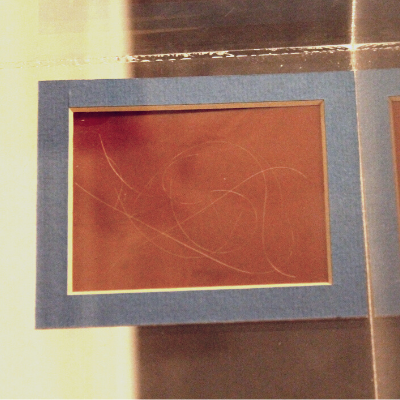
3. General George Washington’s hair. Some parents or guardians will save a lock of hair from their child’s first haircut. Us museums? We cling to the storytelling evidence of those who famously came before us! First President of the United States, George Washington, didn't wear a wig— even though it was both fashionable at the time, and most of his counterparts wore them. Instead, he powdered his real hair white, and often wore it pulled back in a ponytail or “queue.” As a young man, George Washington was actually a redhead.
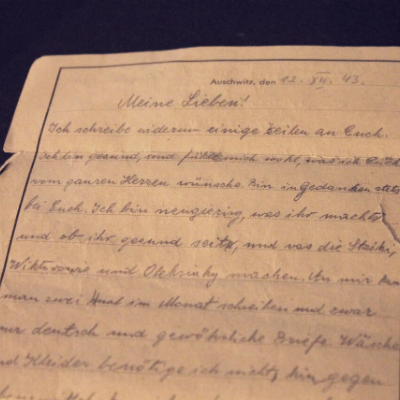
4. A letter from an Auschwitz prisoner. Those who were allowed to send letters beyond the walls of German concentration camps during World War II had to be mindful of what topics they wrote about. All outgoing mail was read by a camp censor prior to sending, and the same monitoring applied to incoming mail. Any letters that referenced sensitive material such as camp conditions were immediately confiscated by Germans. This particular letter was written in German by a male prisoner of Auschwitz on December 12, 1943. In the letter, the man mentions his health and asks his family about theirs. He also wishes the family members a Merry Christmas as well as someone a Happy Birthday.
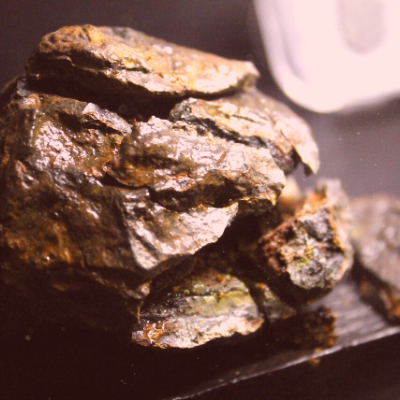
5. Martian Meteorite Fragments. These meteorite fragments from the Martian surface are made mostly of basalt, a type of rock made of the minerals feldspar and pyroxene. Basalt was formed from the cooling of volcanic lava on Mars’s surface long ago, and is common around volcanoes on Earth as well. These meteorite fragments tell us that Mars was once volcanically active just like Earth. These meteorites were probably flung out into space from large meteor impacts on Mars’s surface.
---
Want to see these objects for yourself? Click to plan your visit to the Museum of World Treasures today! With 15 engaging exhibits to explore and artifacts around every corner, you're sure to discover some interesting finds.
